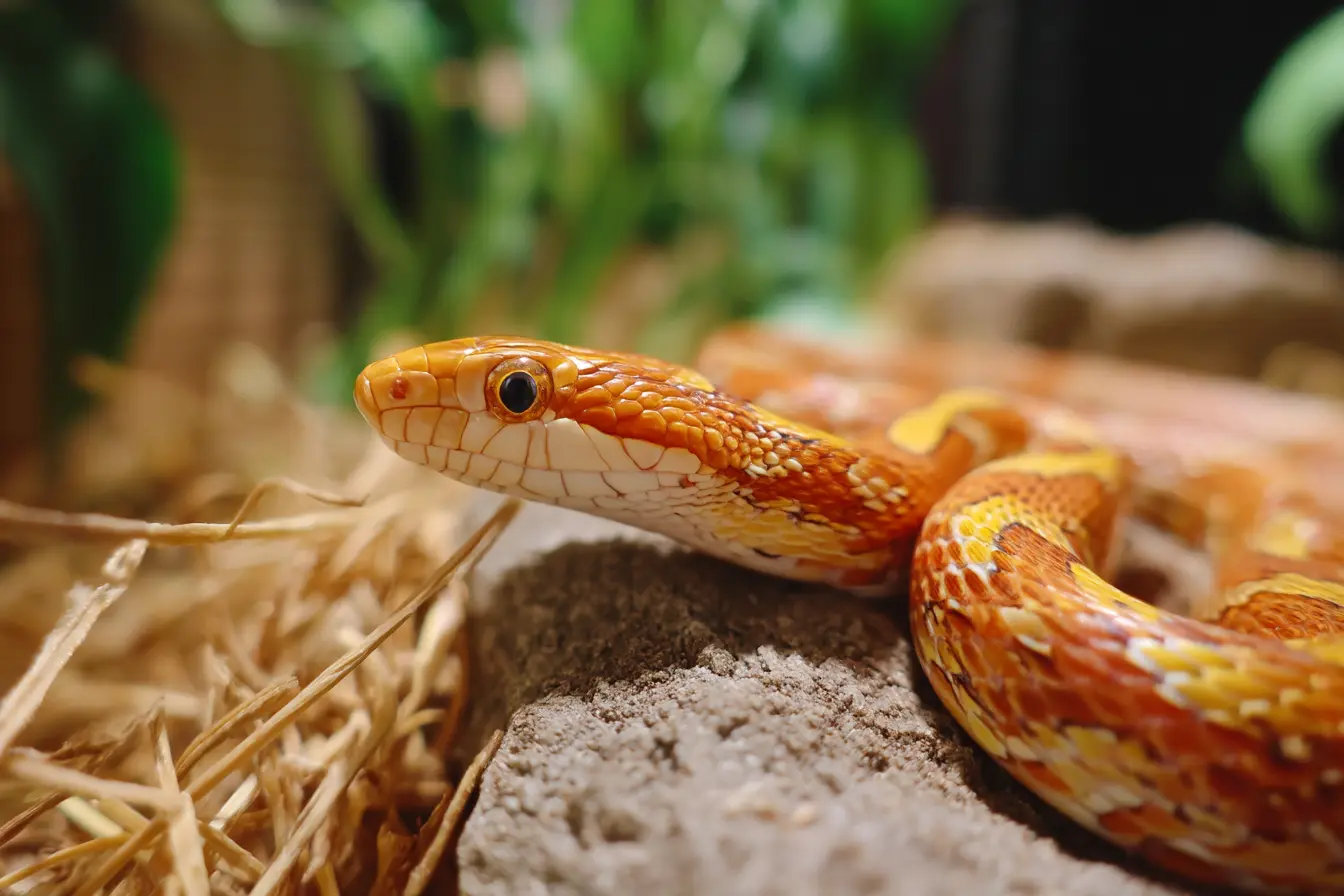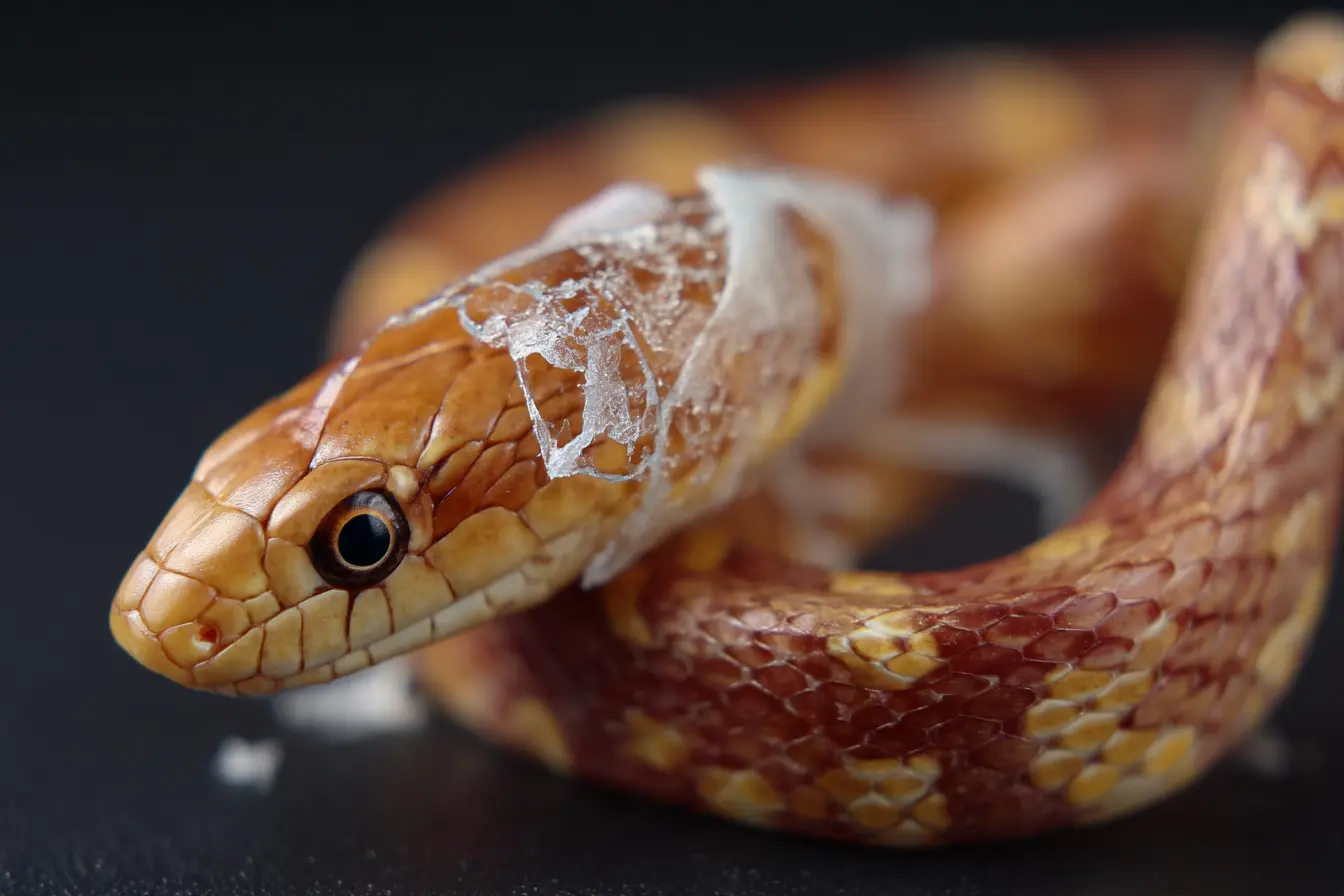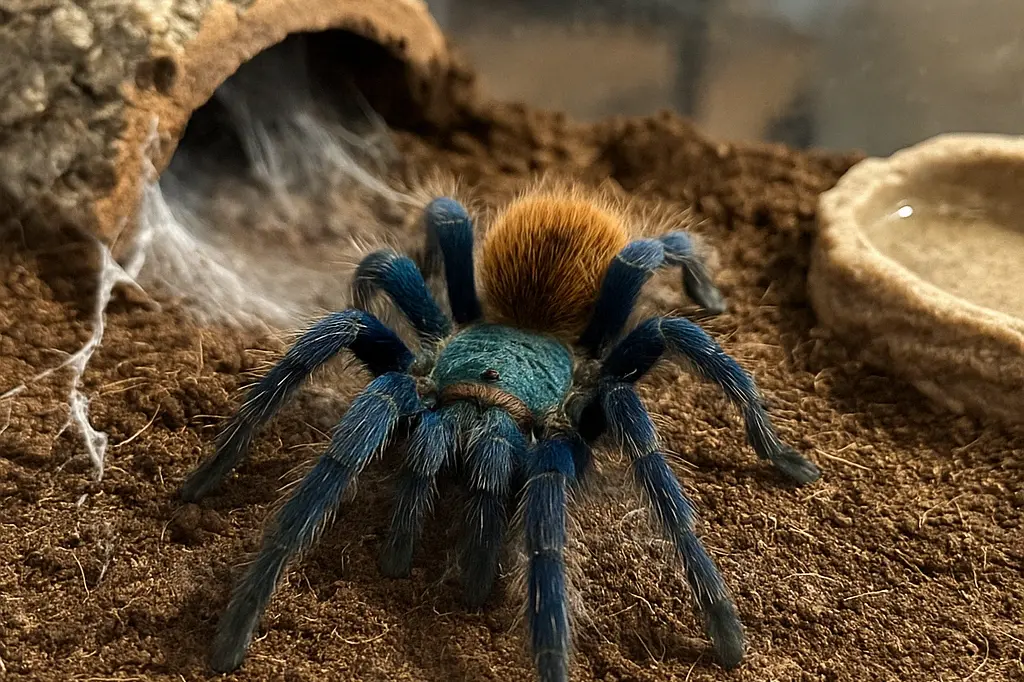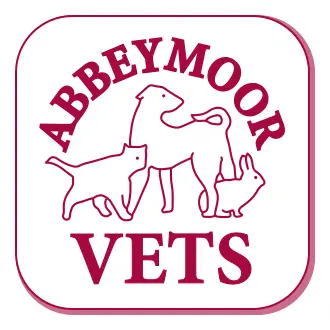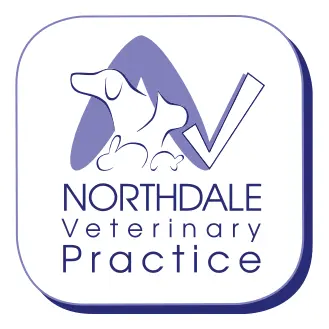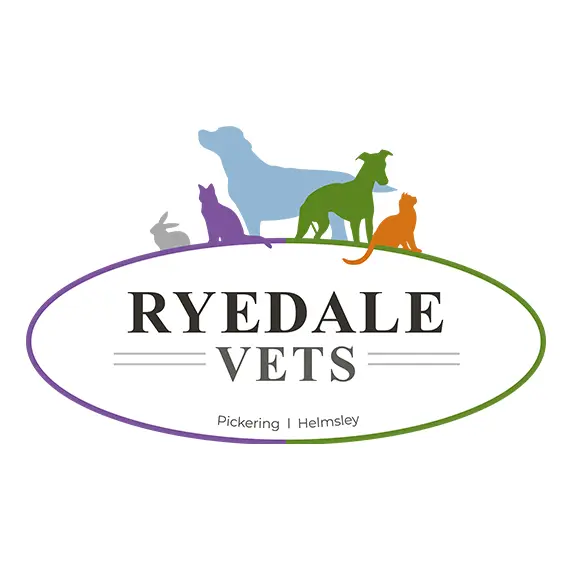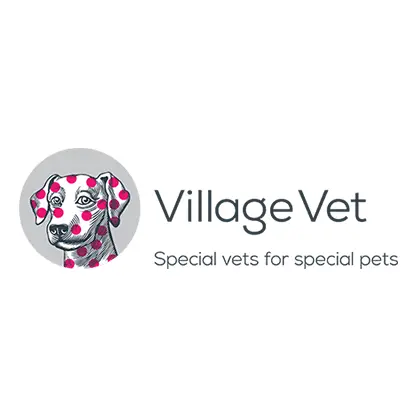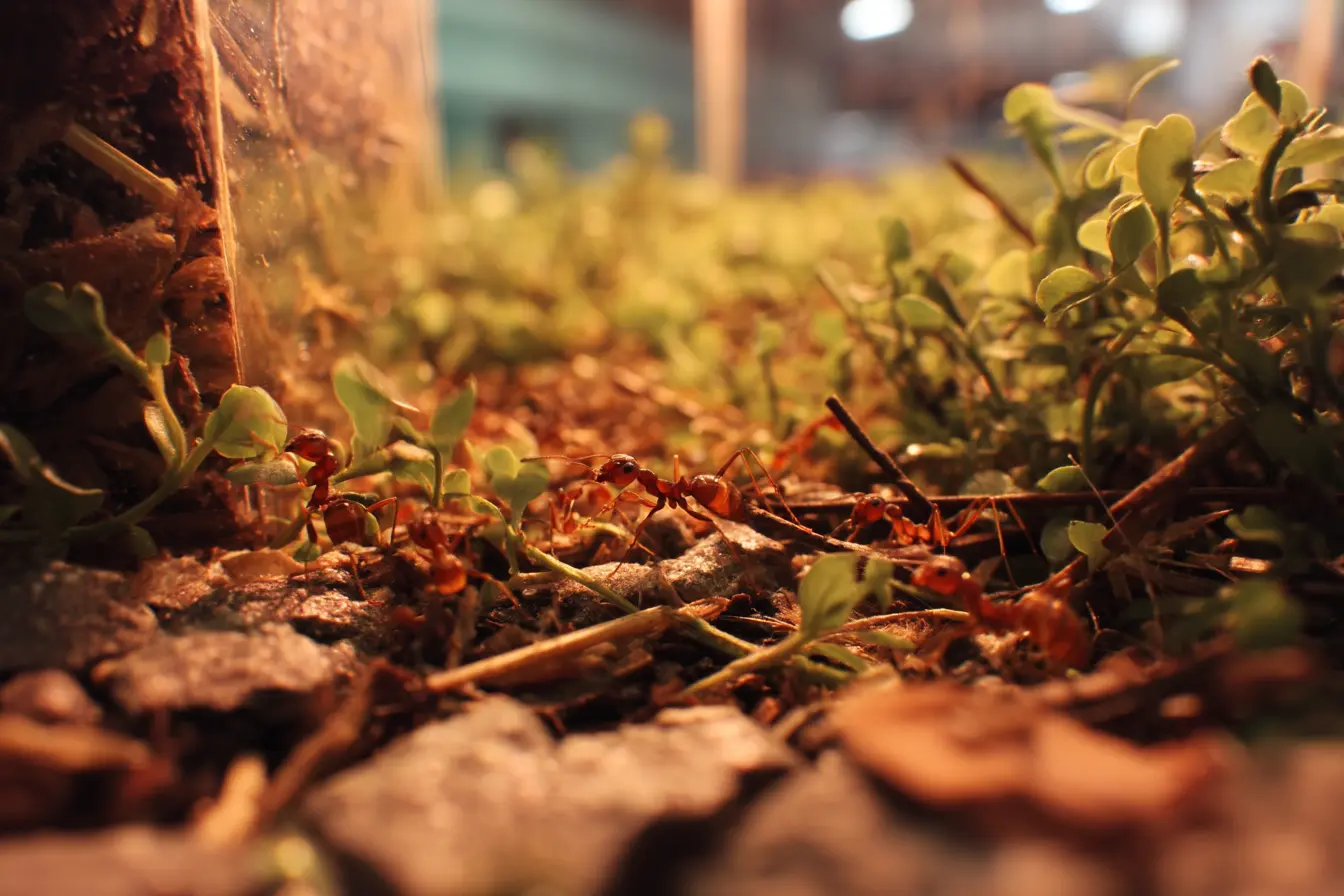
The Complete Guide to Keeping Ants as Pets
Keeping ants as pets, known as ant-keeping, has grown in popularity in recent years. Ants are fascinating insects with complex social structures, and watching them build and expand their colonies can be a rewarding and educational experience. They require relatively little space and maintenance, making them ideal pets for those interested in nature and biology.
This guide covers everything you need to know about keeping ants, including selecting a species, setting up an ant farm, feeding, maintaining a healthy colony, and ethical considerations.
Why Keep Ants?
Ant-keeping offers many benefits and unique experiences:
- Ants display fascinating behaviours such as foraging, nest-building, and teamwork.
- They require minimal space and can be kept in a small enclosure on a desk or shelf.
- Compared to traditional pets, ants are low-maintenance and cost-effective.
- Watching an ant colony grow can be an excellent way to learn about nature, biology, and social structures.
- They can be kept by people of all ages, making them an ideal pet for beginners and experienced insect enthusiasts alike.
Choosing an Ant Species
There are thousands of ant species worldwide, but some are better suited for captivity than others. When choosing a species, consider factors such as colony size, diet, and temperature requirements.
Common Beginner Species
- Black Garden Ant (Lasius niger) – One of the most common and easy-to-care-for species in the UK. They thrive in a range of environments and grow at a steady pace.
- Harvester Ant (Messor barbarus) – Known for collecting seeds, these ants have a fascinating behaviour of grinding seeds into food for the colony.
- Carpenter Ant (Camponotus spp.) – Large and slow-growing, these ants are excellent for observation.
- Pavement Ant (Tetramorium caespitum) – A hardy species that forages aggressively and is easy to care for.
Advanced Species
- Big-Headed Ant (Pheidole spp.) – Have both minor and major workers (soldiers), making them interesting to observe.
- Fire Ant (Solenopsis invicta) – Highly aggressive and difficult to contain, requiring careful handling.
- Leafcutter Ant (Atta spp. and Acromyrmex spp.) – Require special care as they cultivate fungus from leaves.
For beginners, it is best to start with an easy-to-keep species such as the black garden ant or harvester ant.
Acquiring an Ant Colony
In the UK, the methods of acquiring an ant colony vary in legality and ethical considerations:
Catching a queen after a nuptial flight
- Many species have reproductive flights in spring or summer. A fertilised queen can be caught and placed in a test tube setup to start a colony.
- This is the most natural and sustainable way to start an ant colony. Catching a newly mated queen during nuptial flights does not harm wild populations, as only a small fraction of queens survive to establish a colony.
Buying a queen or small colony from an ant supplier
- Many reputable exotic shops sell queen ants and small colonies, often with workers.
- Purchasing a colony from a reputable breeder or supplier is a common and ethical way to acquire ants.
- Importing non-native species may require permits under UK law. Some invasive or harmful species, such as fire ants (Solenopsis invicta), are strictly regulated or banned.
Transferring a colony from nature
– This method is not recommended, as disturbing an established colony can harm the ants and damage the local environment.
Starting with a single queen allows you to observe the full life cycle of the colony, from the first workers to a growing nest.
Setting Up an Ant Enclosure
A proper enclosure, or formicarium, is essential for keeping ants. A good setup provides the right balance of humidity, ventilation, and space for the colony to grow.
Types of Formicaria
- Acrylic nests – These are professional setups with chambers and tunnels that allow easy observation.
- Test tube setup – Ideal for starting a colony, this setup involves a test tube with water sealed by cotton, giving the queen a humid space.
- Sand or soil nests – Mimic a natural environment but can be difficult to observe.
- Ytong and plaster nests – Made from aerated concrete or plaster, these provide good moisture retention.
Outworlds
An outworld is an open space where ants forage and dispose of waste. It should include:
- A dry, escape-proof area for feeding.
- A fine mesh lid or well-fitted cover with ventilation.
- Decorations like small rocks or twigs to simulate a natural environment.
Feeding Your Ants
Ants need a varied diet to thrive. Their diet consists of proteins, carbohydrates, and water.
Protein Sources
- Live or dried insects (fruit flies, mealworms, crickets).
- Boiled eggs or cooked chicken (small amounts).
- Protein jelly or commercially available insect foods.
Carbohydrate Sources
- Sugar water or honey water (a 1:3 ratio of sugar/honey to water).
- Fruit such as apples, grapes, or bananas.
- Commercial ant nectars.
Water
- A small water dispenser or test tube setup ensures a constant supply of moisture.
- Some species, like harvester ants, get moisture from seeds and do not need extra water.
Feeding schedules vary, but most ants should be offered food every few days. Monitor food intake and remove uneaten food to prevent mould.
Colony Growth and Expansion
As the colony grows, the formicarium must be expanded to provide more space.
- New formicaria can be connected using tubes.
- If the ants outgrow their nest, they may start seeking an exit, indicating it is time to move them to a larger enclosure.
- Some species expand quickly, while others may take years to reach a significant size.
Cleaning and Maintenance
Ants are generally clean insects, but their enclosure requires occasional maintenance.
- Remove food waste from the outworld to prevent mould and pests.
- Ensure water sources are clean and replenished.
- Some species create a designated waste area in the outworld, which should be cleaned regularly.
Preventing Escapes
Keeping ants contained is one of the biggest challenges for new keepers.
- Use a tight-fitting lid with ventilation.
- Apply a non-toxic barrier such as PTFE (fluon) or talcum powder mixed with rubbing alcohol along the edges of the outworld.
- Ensure all tubing and connections are secure.
Common Problems and Solutions
Colony Not Growing
- The queen may not be fertilised.
- Temperature and humidity may not be ideal.
- Lack of protein in the diet.
Workers Dying Quickly
- Could be due to old age, poor nutrition, or exposure to chemicals.
- Check if food is free of pesticides or preservatives.
Mould in the Nest
- Caused by excess moisture or uneaten food.
- Improve ventilation and reduce humidity if necessary.
Ethical Considerations
- Never release non-native ants into the wild, as they may disrupt local ecosystems.
- Avoid overcrowding multiple colonies in a small space, as some species may compete aggressively.
- Provide a natural and enriching environment to allow ants to display normal behaviours.
Legal Considerations in the UK
- Keeping most native ant species is legal, but importing exotic species requires special permits.
- Some invasive species, such as fire ants, are restricted under UK law.
- Always check the legality of a species before importing or selling ants.
Final Thoughts
Keeping ants is a fascinating and rewarding hobby that offers a unique insight into one of the most complex insect societies on the planet. Whether you are starting with a single queen or managing a large colony, providing the right environment, diet, and care will allow your ants to thrive.
Contents
Tags
Related Vets
Vets near you
Speciality vets
- Aquatics vet specialists
- Birds vet specialists
- Camelids vet specialists
- Cats vet specialists
- Cattle vet specialists
- Deer vet specialists
- Dogs vet specialists
- Equines vet specialists
- Exotic vet specialists
- Goats vet specialists
- Pigs vet specialists
- Poultry vet specialists
- Sheep vet specialists
- Small Mammals vet specialists
- Wild vet specialists

